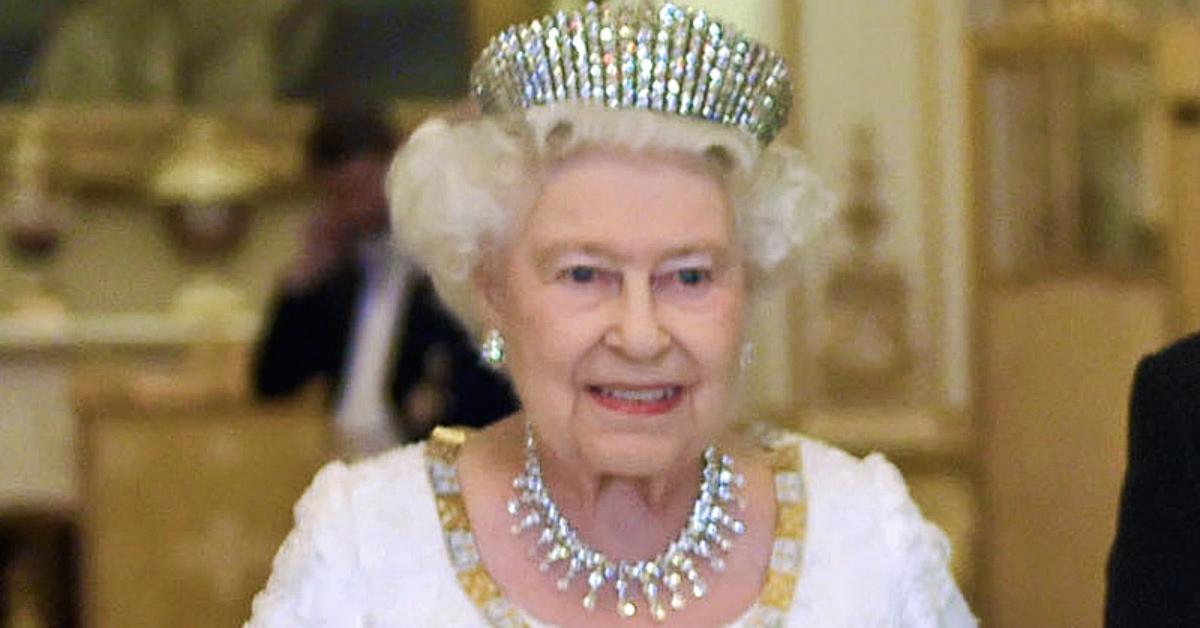Queen Elizabeth II Has Died But Her Most Valuable Jewels Will Pass On
Queen Elizabeth II passed away on September 8, 2022, leaving behind a life of luxury and power. Here's a look at some of her most precious and expensive pieces of jewelry.
Sept. 8 2022, Published 4:10 p.m. ET

During her time serving as Britain's monarch (1952–2022), Her Majesty Queen Elizabeth II wore some precious pieces of jewelry, some made up of rubies and others, diamonds. Many of the jewels found in Queen Elizabeth’s jewelry collection were gifted to her while others were handed down from her royal family.
To honor the queen, who is no longer with us today, we’re taking a look at some of the most expensive pieces of jewelry she owned, many of which hold memories that will carry on for decades.
Some of Queen Elizabeth’s most valuable necklaces.
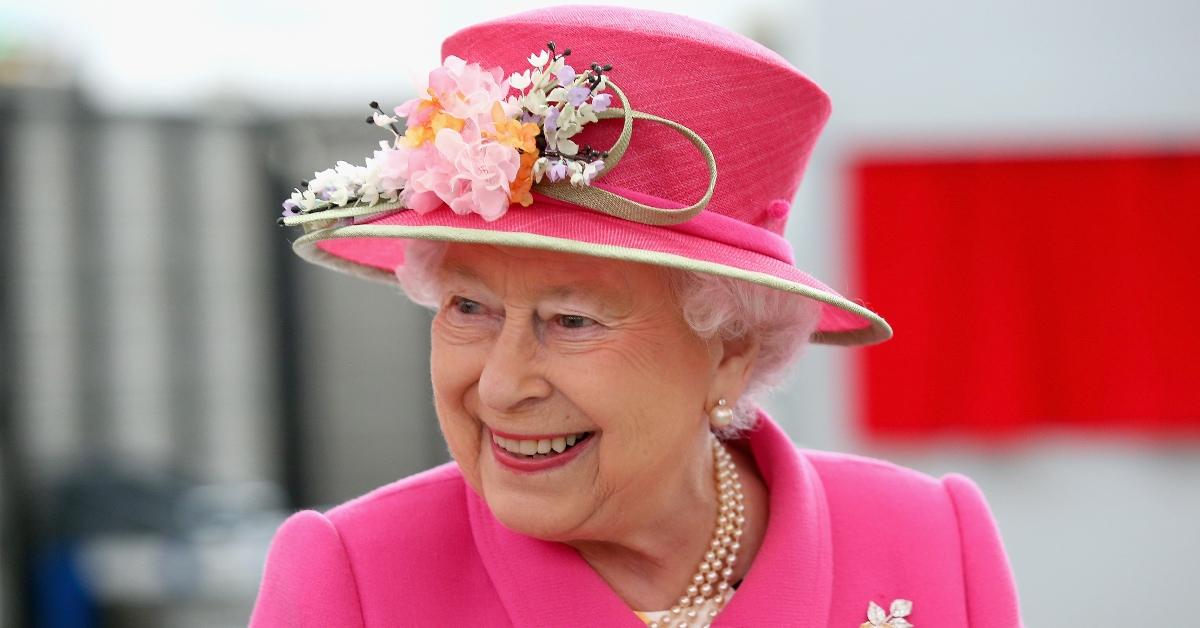
Her signature pearl necklace
King George V gifted the queen with a pearl necklace in 1935, a piece of jewelry that has become a staple in her collection. While it might not be the most valuable in terms of money, it was likely one of Queen Elizabeth’s most precious jewels.
The King Faisal Diamond Necklace
The necklace was designed by Harry Winston and given to the queen by the late King Faisal of Saudi Arabia in 1967. It contains three types of diamonds — baguette, brilliant, and pear, all of which bring it to a total of 84 carats (wow).
The necklace has been worn by the queen frequently and was also lent out to the late Princess Diana and Sophie Countess of Wessex.
The Nizam of Hyderabad necklace
Nizam of Hyderabad gifted the queen one of the most exquisite (and expensive) diamond necklaces in 1947. The necklace is by far one of the most valuable pieces sitting in the queen’s collection and is estimated to be worth £66.3million or about $76.3 million.
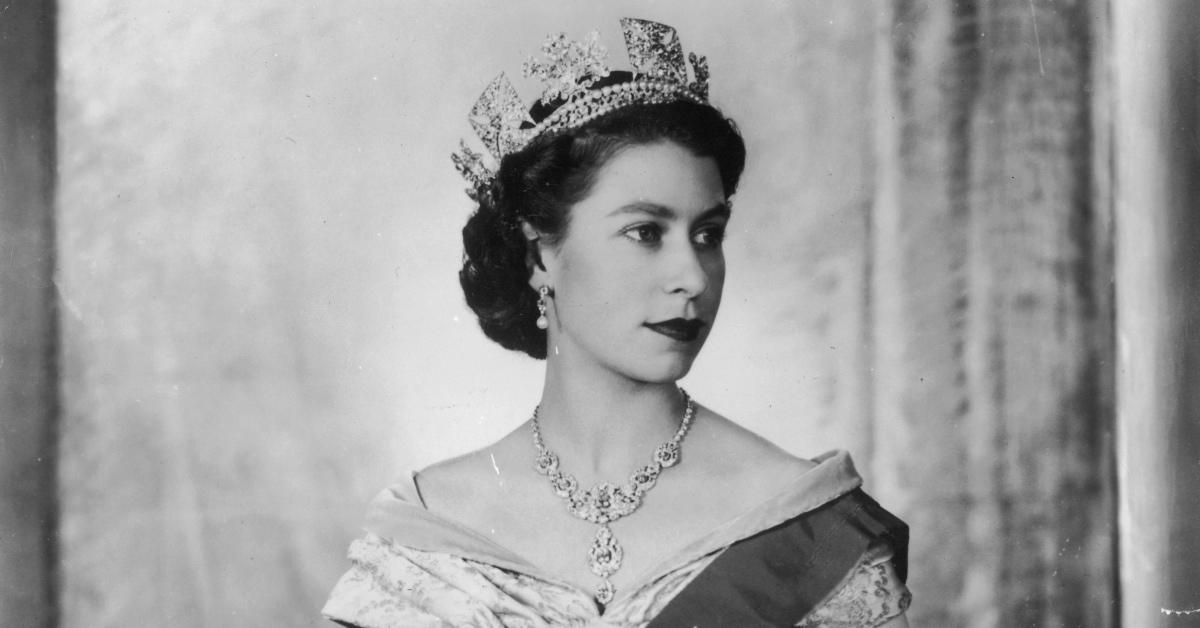
Queen Elizabeth II wearing the Nizam of Hyderabad necklace
Queen Elizabeth’s crowns and tiaras
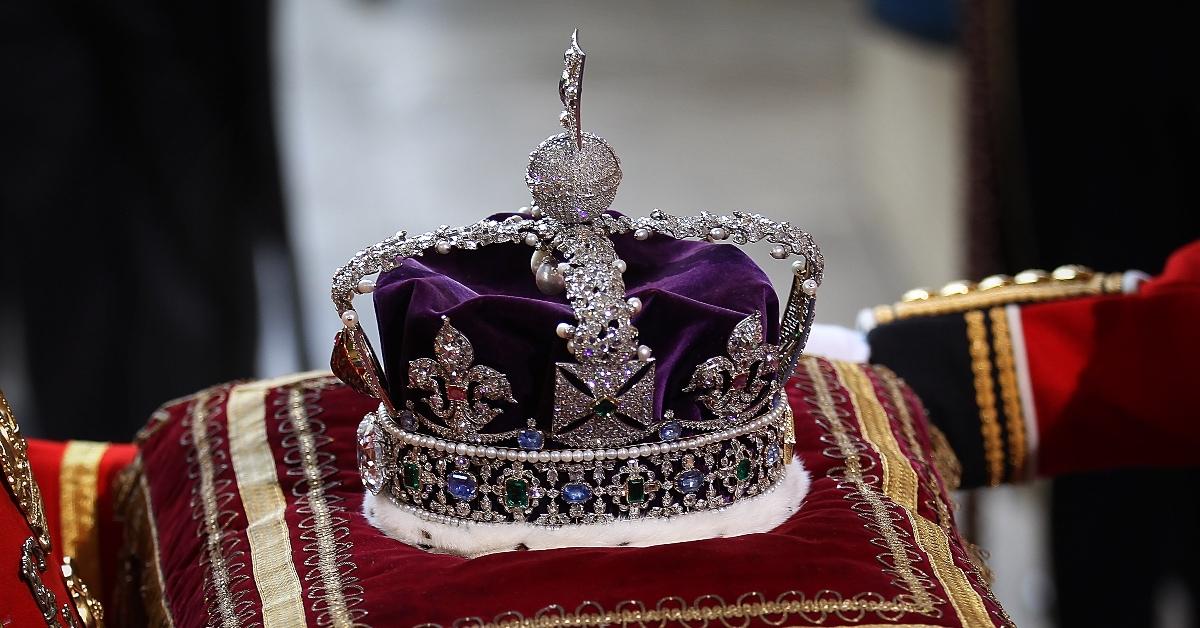
The Imperial State Crown
The Imperial State Crown
The Imperial State Crown was worn by Queen Elizabeth on her coronation day in 1953. The crown is made of “gold and set with 2,868 diamonds, 17 sapphires, 11 emeralds, 269 pearls, and 4 rubies,” according to the Tower of London. What sets this piece apart from all the others is the precious stones it contains — the Stuart Sapphire, the Black Prince’s Ruby, and the Cullinan II diamond.
The Imperial State Crown is considered a part of the crown jewels and was held by the queen in trust.
The Lover's Knot Tiara
Queen Elizabeth II inherited the Lover’s Knot tiara after her grandmother, Queen Mary, died in 1953. The tiara boasts a number of diamonds and dangling pearls and was loaned to Princess Diana up until the time she divorced Prince Charles. Diana then had to return the tiara to the queen, who continued to lend it out.
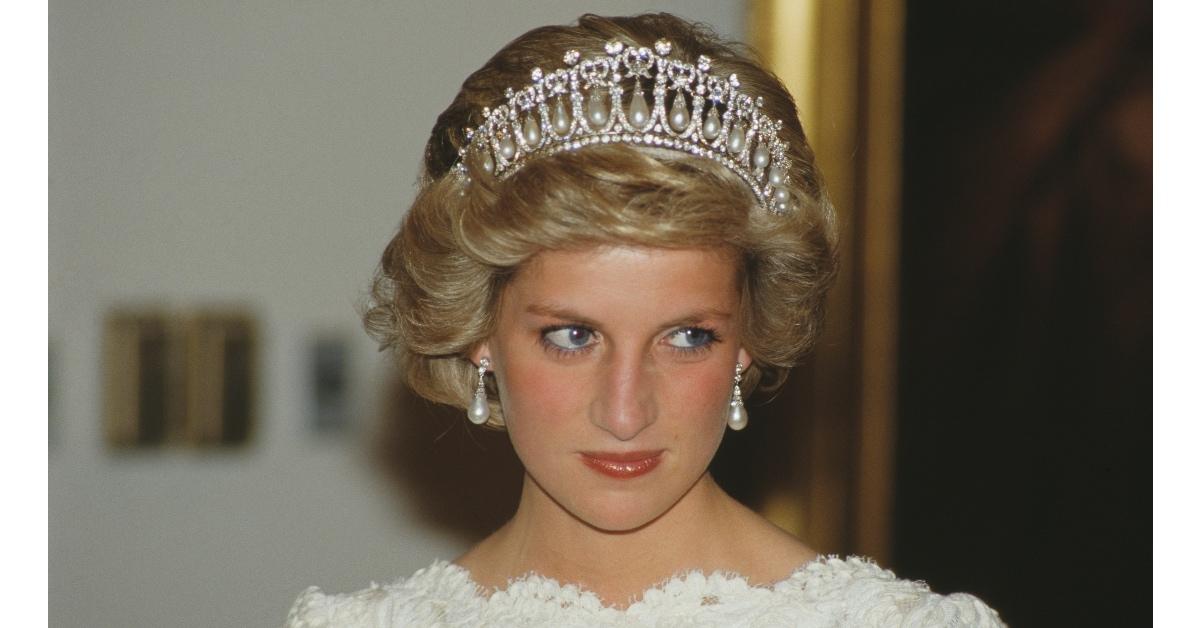
The Lover's Knot tiara being worn by Princess Diana
Queen Mary's Fringe Tiara
The fringe tiara is said to be worth between $6 million and $9 million and was owned by Queen Mary. Mary created the tiara in 1913 from a necklace she received as a wedding present from Queen Victoria, according to Newsweek.
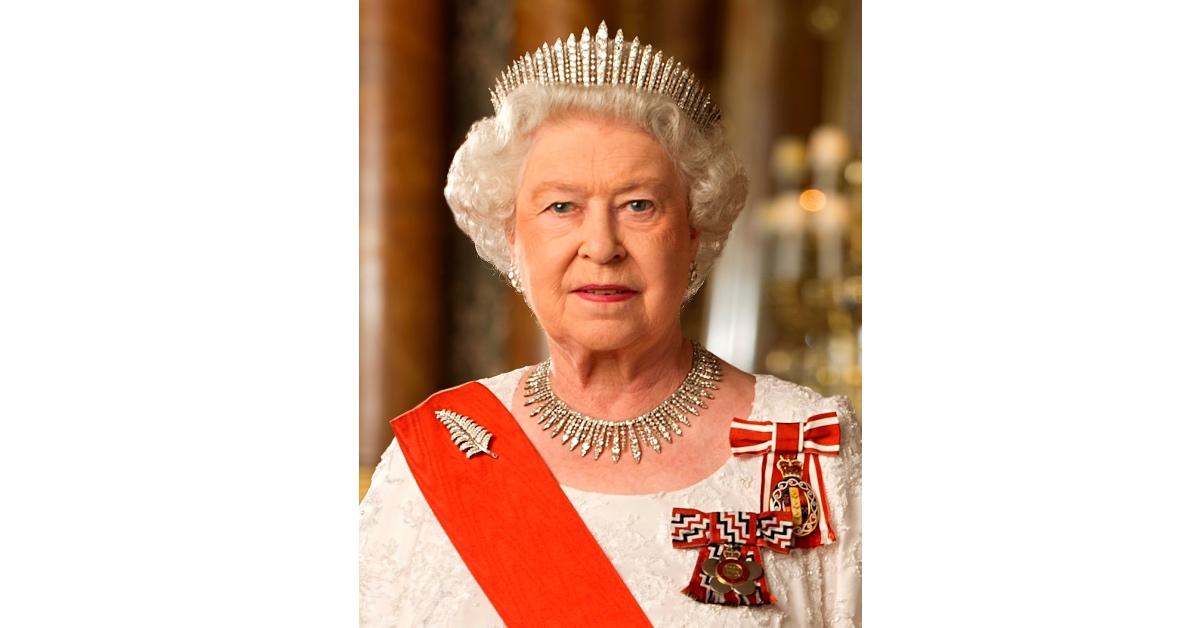
Queen Mary's Fringe Tiara
The Diamond Diadem
The famous Diamond Diadem, which was recently put on display at Buckingham Palace, contains 1,333 diamonds and 169 pearls, according to People. The breathtaking piece was created for George IV in 1821 and worn during his coronation. While the pearls carefully wrap around the base of the crown, numerous diamonds are placed together to form a rose, thistle, and shamrock.
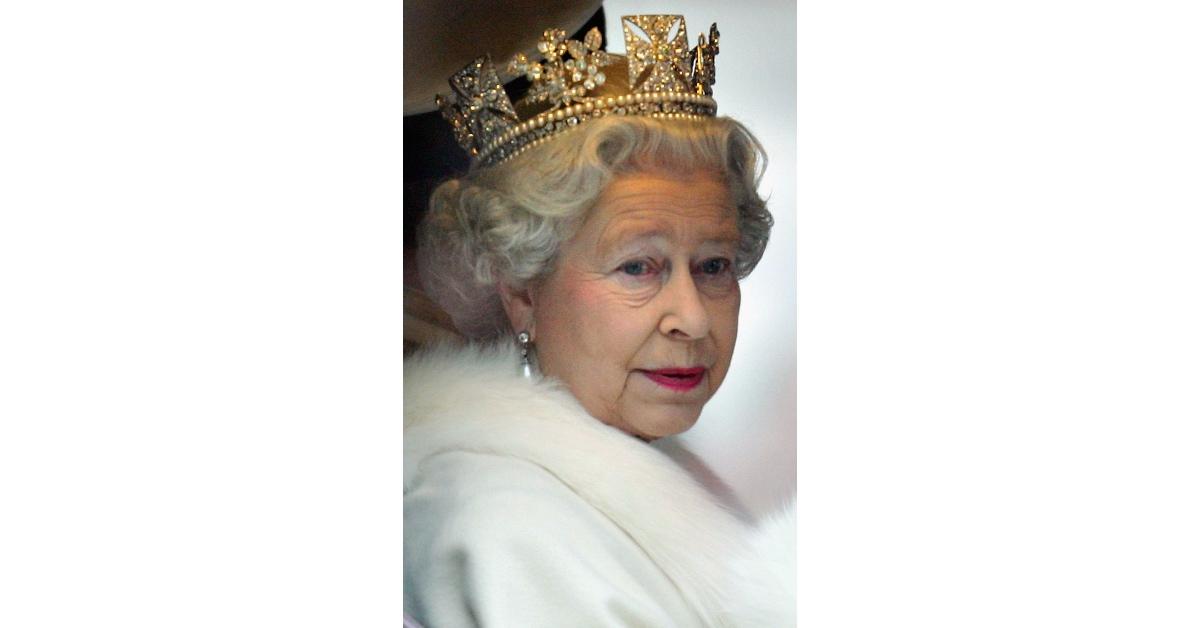
Queen Elizabeth II wearing the Diamond Diadem
Queen Mary Bandeau Tiara
As seen on the Duchess of Sussex (Meghan Markle) on her wedding day, the Bandeau Tiara, estimated to be worth $2.8 million, was inherited by the Queen in 1953.
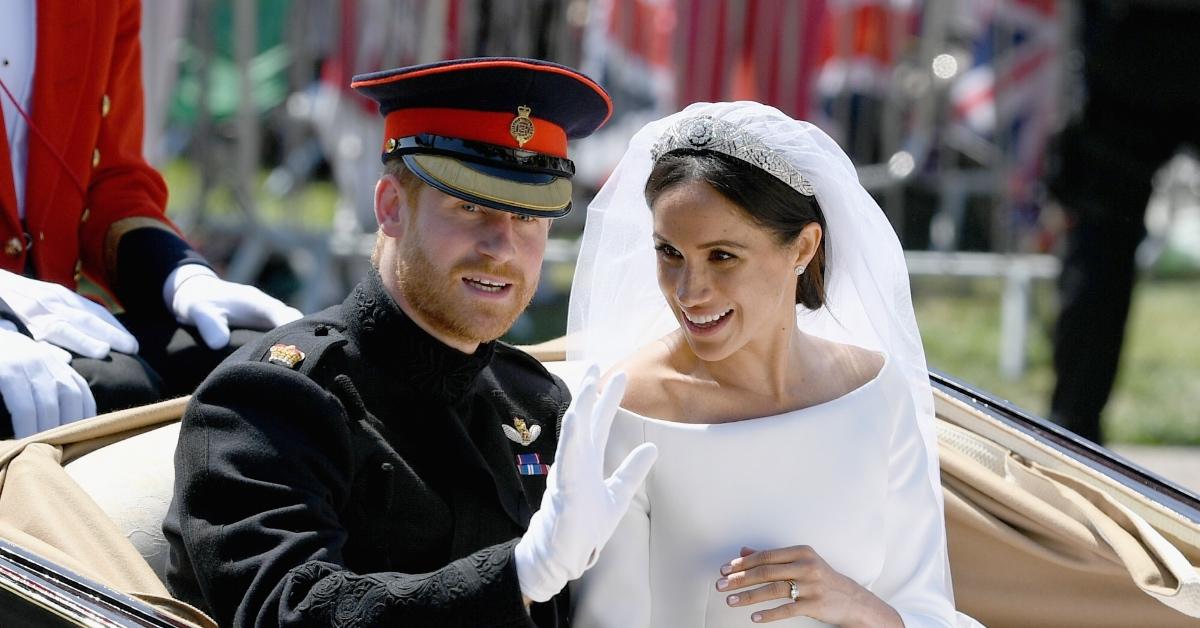
The Queen Mary Bandeau tiara being worn by Meghan Markle
Other precious pieces owned by the late Queen Elizabeth II.
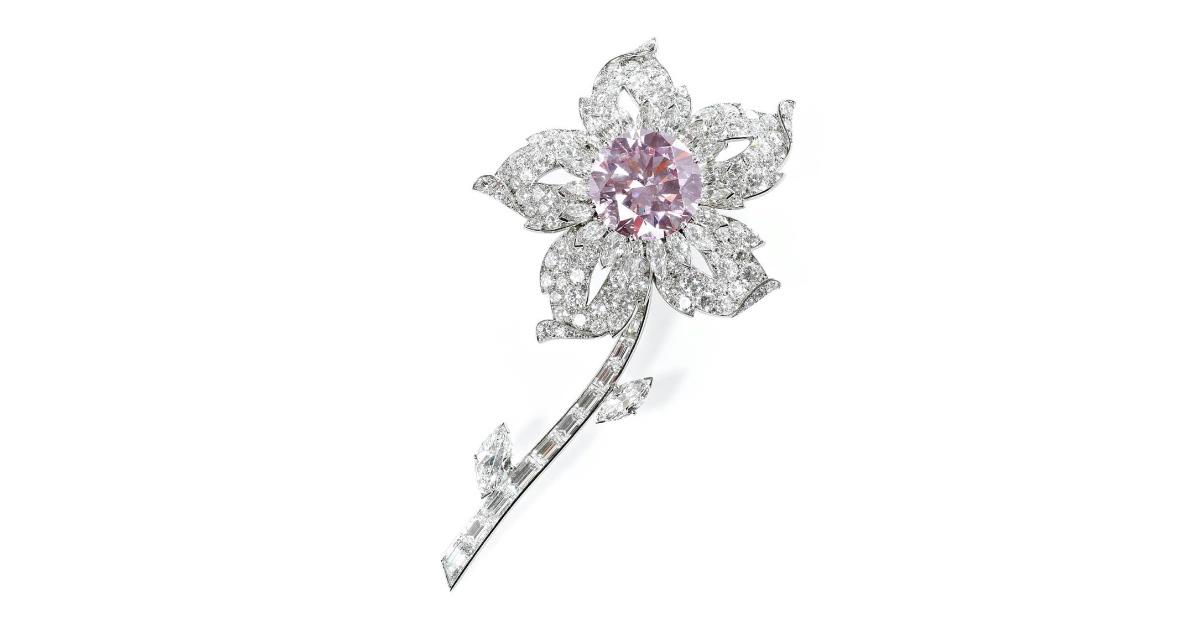
The Williamson pink diamond brooch
The Queen’s Williamson pink diamond brooch holds the largest pink diamond in the world, valued at £25million or about $28.7 million. The diamond was discovered in a Tanzania mine in 1947 owned by Canadian geologist John Williamson. Williamson decided to give the queen the uncut diamond as a wedding gift.
The stone reportedly weighed in at 54.5 carats, and after having it cut, it was estimated to be 23.6 carats. The queen later added the diamond to a brooch along with 203 white diamonds.
